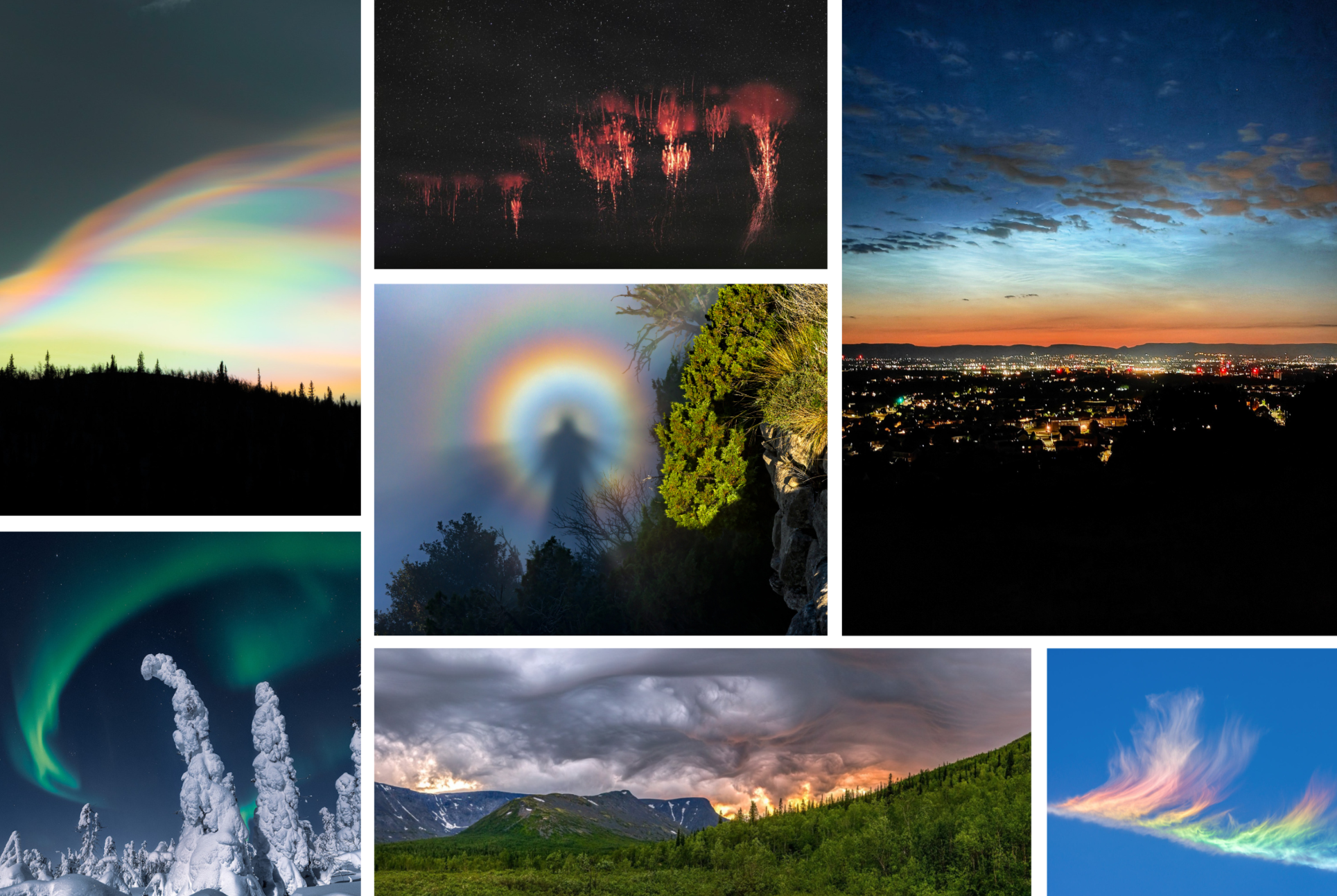

Why do clouds form? Part 1: Hand to mouth
This is the first in a series of articles to explain the formation of cloud in the atmosphere. For any atmospheric scientists in the audience, I accept that it is not an especially rigorous treatment of the subject, but it should give you the gist of the processes involved.
A mouth to hand existence
Have you ever thought why you blow on something to cool it down? Why not just breathe on it? Try this, breathe on your hand with an open mouth. The breath feels warm. Now blow on hand through pursed lips. It feels cool. Even if you breathe strongly and blow lightly, the difference is still there. The air was the same temperature in your lungs, so why the change?
I appreciate there are several other things going on here, but part of the reason is a process called ‘adiabatic’ cooling. An adiabatic process is one where no energy leaves or enters the ‘system’ in which you are interested. No system is perfectly adiabatic, but so long as you specify the assumptions you make, then a further ‘adiabatic assumption’ is useful in many circumstances. So what assumptions are we going to make?
Firstly, let’s say that the air inside the body has a slightly higher temperature and pressure than the outside environment. And that when the air leaves the body, we assume it does not mix with the rest of the atmosphere. It remains discrete and separate for a short time.
Diagram 1 below shows the sequence of events when you breathe out. As your lungs push the air out, there are changes in pressure and temperature, but these changes are small. The air pressure is slightly higher so that it comes out (!) and the temperature is slightly higher. You feel a warm ‘breeze’.

Diagram 2 shows the sequence of events when you blow out. This is a slightly more complicated process. If we assume this is an adiabatic process, then energy cannot leave or enter the system. If you breathe out with your mouth closed, the pressure in your mouth increases. The air is compressed. Compression requires energy. The energy comes from your muscles. The only place this energy can go is into the air in your mouth. An increase in energy means an increase in temperature. The air within the mouth gets warmer.
This is the same process as you see when a bicycle pump gets warm as you inflate a flat tyre. Now let the air escape through pursed lips. The air leaving your mouth is at a significantly higher pressure than the environment. We specified that the air from the mouth remains discrete and separate. This ‘parcel’ of air rapidly expands. Expansion take energy that can only come from expelled air. This air cools rapidly. You feel a cool breeze. In fact, the energy is passed to the environment. The environment is VERY slightly compressed and made VERY slightly warmer. The effect is soon overwhelmed by mixing so it can only be observed over short distances and times. Say from your mouth to your hand!

Adiabatic cooling is very efficient. In fact, most ‘atmospheric’ gases, such as oxygen and nitrogen, were first liquefied using this principle. It is the process behind the refrigerator. Gases are chosen that change state at suitable temperatures and pressures. It is the reason you must put energy in produce the cooling effect, the gas must first be compressed.
I am sure you will agree that this is interesting, but that you have better things to do than breathe on your hand. Well, yes, but these processes are crucial in the atmosphere. Ahead of part 2, I want you to think about the easiest way to lower air pressure rapidly in the atmosphere.
About the author
Frank Barrow retired from the Met Office in 2020, after a career of 39 years during which he worked as an observer in the 1980s, a forecaster in the 90s and, since 1996, as a trainer at the Met Office College. He describes the latter role as “fitting him like a glove”, so he stayed... for almost 25 years! During that time, he was involved in the training of the vast majority of current Met Office forecasters.




